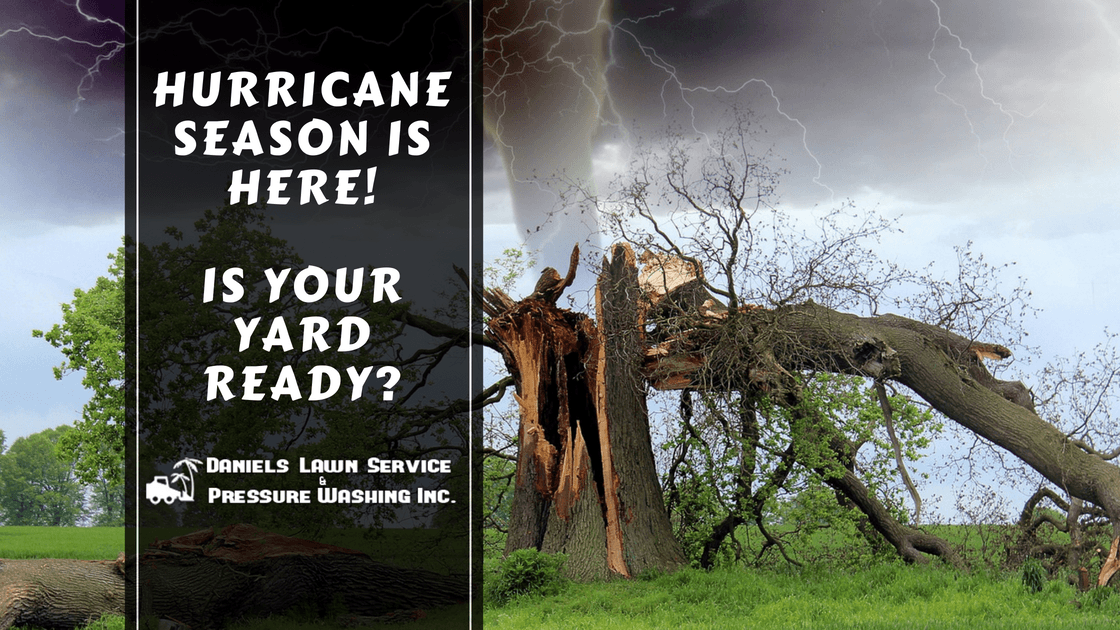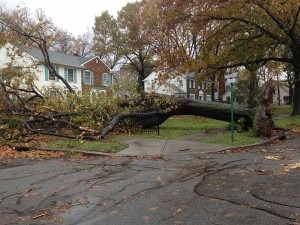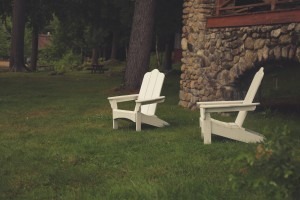
Welcome to another hurricane season in Florida! With the official season running June 1 through November 30, we have so far – at the time of this posting – been spared a direct hit by a named storm. But considering our 2017 encounter with Hurricane Irma, and the increasing frequency of hurricanes with Hurricane Michael this weekend reaching inland, becoming complacent can be risky. So while you’re stocking up on batteries, flashlights and bottled water, make sure your yard is ready by performing preemptive maintenance.
Experienced Florida homeowners know that there are two levels of hurricane preparation for yards: long-term and last-minute. The former requires strategy and labor, being performed (ideally) before the beginning of the season, while the latter is typically performed when a hurricane is eminent. Tending to both can help prevent damage to your trees, landscape plants and – most importantly – home.
Long-term hurricane preparations
Because hurricanes are most active in September, you still have time for heavy-duty prep to ensure a dead tree branch won’t crash through your sliding glass doors. Or even worse, an unhealthy old tree won’t crash through your roof. Also consider that it’s common for utility lines to be downed by falling branches/trees, causing loss of power and/or cable service that could last days or weeks.

The Home Depot’s Garden Center offers step-by-step instructions, including:
• Prune weak, rotting or dead tree branches and remove low-hanging ones near the house.
• Check tree roots for signs of rotting and remove any rotten or diseased trees or shrubs.
• Keep the tree canopy maintained and thinned to increase air circulation.
• Call a professional arborist to periodically maintain trees, or remove as necessary. University of Florida’s International Forestry Students’ Association (IFSA) recommends hiring a certified arborist to prune trees larger than 15 feet tall of dead branches that can fall on houses, cars and people. Overly long branches should be shortened and branches with cracks removed or shortened.
According to UF/IFSA, a tree that’s more vulnerable during a hurricane is one with a high center of gravity, a dense canopy, a decayed trunk, two or more trunks, or shallow roots. Shallow roots result from shallow soil or a high water table.
In order to be really proactive, landscape with hurricane-tolerant trees and shrubs. The Home Depot notes that some species are more resistant to high winds and water-saturated soil than others. UF/IFSA lists the prevalent sand live oak as top tree for hurricane resiliency. Other good choices include the Southern magnolia, live oak, crape myrtle, bald cypress and sabal palm, as they are less likely to lose limbs or blow over during hurricanes.
Short-term hurricane preparations

Don’t leave loose or lightweight objects in your yard, as they can become projectiles and damage your property. Move potted plants, garden ornaments, tools and hanging baskets inside a garage or shed. Move containers too large to bring indoors to a protected area and cluster together, as well as large potted trees and plants; place trees/plants in the pot sideways.
The Home Depot also advises the following:
- Stake trees by driving 2x4s deep into the ground and strapping them around the first few feet of trunk. Keep ties loose so trunks can move with the wind.
- Tie down vines and climbers with rope or twine.
- Clean roof gutters of leaves, twigs and other debris.
Swimming pool preparations
If a hurricane is approaching, do not drain the pool. If you empty the pool, it can pop out of the ground due to the excessive groundwater pressure caused by heavy rains.
- Turn off the main circuit breakers at the electrical panel so there is no power supply.
- Remove loose or lightweight objects around the pool.
- Cover electric heaters, time clock, pump motor and light transformers with a thick waterproof plastic to protect against heavy rains and flooding.
- Do not cover the pool.
Post-hurricane clean-up and restoration
Wait until well after the hurricane, when you have received official word that it’s safe to go outside. Make sure there are no downed power lines or other dangerous conditions on your property. Remove downed or heavily damaged limbs and trees. It may be necessary to call a professional service. Our blog posts, “Emergency Tree Removal: Cleaning Up After the Storm,” and “Why Tree Removal Should Only be Left to Professionals,” provides advice on these important matters.
Other steps include:
- Pull wind-toppled trees and shrubs upright in their holes and cover the roots with soil. Do this as soon as possible so the roots don’t dry out. You may be able to save partially uprooted plants even after some days or weeks.
- If the soil is saturated, remove mulch from plants to help water evaporate. Unless it’s a hazard, wait a few months to replace a plant that appears dead. It may grow new leaves.
For expert, experienced yard maintenance pre- or post-hurricane, Daniel’s Lawn Service & Pressure Washing Inc. is ready to get your yard in shape. Contact us to get through another Florida hurricane season as safely and trouble-free as possible.


